
Why Your Kia Picanto Won’t Start or Suddenly Shuts Off: Complete Expert Diagnostic Guide
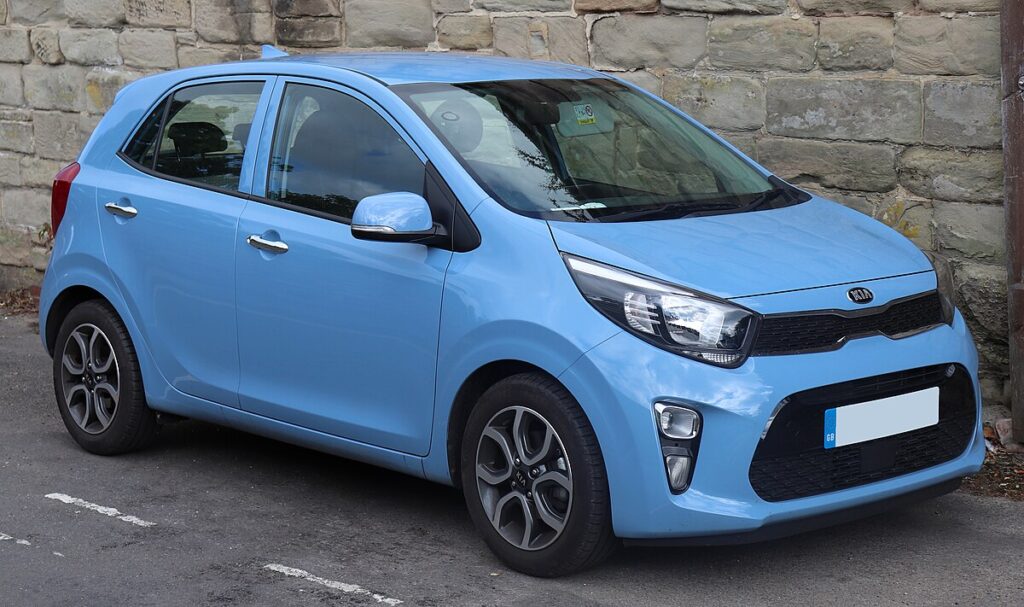
When a Kia Picanto refuses to start, cuts out unexpectedly, or cranks but won’t fire, it never happens at a convenient moment. As a small city car known for reliability, a sudden failure can feel puzzling—and worrying. Here, we present an authoritative, data-rich, technician-level guide to help you understand the real causes, the right diagnostic sequence, and the most effective fixes to get your Picanto running consistently again.
We combine practical workshop knowledge with technical clarity so you can diagnose the root issue—whether your Picanto is from 2004, 2007, 2011, 2017, 2020 or newer generations.
- Understanding the Three Core Systems Behind Starting Failure
- Engine Cranks but Does Not Start
- Clicking Noise with No Crank
- Starts and Dies Quickly
- Sudden Shutdown While Driving
- 1. Weak or Failing Battery (Most Common Cause)
- 2. Corroded Battery Terminals or Loose Earth Points
- 3. Failing Crankshaft Position Sensor (CKP)
- 4. Faulty Ignition Coils or Spark Plugs
- 5. Failing Fuel Pump or Blocked Fuel Filter
- 6. Fuel Injector Problems or Contaminated Fuel
- 7. Immobiliser or Key Transponder Issues
- 8. ECU Power Supply or Relay Failure
- 9. Blocked Air Intake or Faulty MAP/MAF Sensor
- 10. Timing Chain Issues (Picanto Kappa Engine)
- Battery & Electrical System
- Ignition System
- Fuel System
- Air & Emission Components
- ECU & Sensors
- Regular Maintenance Intervals
- Use Quality Fuel
- Avoid Short, Repetitive Trips
Understanding the Three Core Systems Behind Starting Failure
Every starting fault in a Kia Picanto can be traced back to one of three essential systems:
- Electrical power delivery (battery, alternator, grounds)
- Fuel delivery (pump, injectors, filter, pressure regulation)
- Ignition & engine control (spark, coils, crankshaft sensor, ECU)
If any of these fail—even briefly—the engine will not start or may cut out abruptly.
Common Symptoms of Kia Picanto Starting Problems
Engine Cranks but Does Not Start
- Strong crank, but no ignition
- Often linked to spark or fuel delivery faults
Clicking Noise with No Crank
- Insufficient battery voltage
- Weak starter motor
- Corroded terminals
Starts and Dies Quickly
- Failing crankshaft position sensor
- Fuel pressure collapse
- Immobiliser issues
Sudden Shutdown While Driving
- ECU entering fail-safe
- Fuel pump dropout
- Loose main ground
- Ignition coil failure (common on older Picanto models)
Primary Causes of Kia Picanto Not Starting or Shutting Off
Below, we go deep into the causes that matter most—both frequent and hidden.
1. Weak or Failing Battery (Most Common Cause)
A degraded battery is the number-one reason a Picanto may not start, especially in older models (2004–2011).
Key indicators:
- Dashboard lights flicker or dim
- Rapid clicking from the starter
- Voltage below 12.0 V (poor)
Effective fix:
- Install a fresh battery with correct specs: 12V, 40–45Ah, 330–410CCA
- Ensure the negative ground cable is tight and corrosion-free
2. Corroded Battery Terminals or Loose Earth Points
The Picanto is known to suffer from:
- Oxidation on the main battery posts
- Loose chassis grounds (particularly near the gearbox housing)
These cause intermittent electrical failure—sometimes stalling the engine mid-drive.
Correction:
- Clean terminals with sandpaper or a wire brush
- Tighten earth straps on body and gearbox
- Apply dielectric grease to prevent future corrosion
3. Failing Crankshaft Position Sensor (CKP)
One of the most widespread faults on older Picanto engines.
The CKP sensor tells the ECU when to fire the spark. If it fails:
- Engine cranks endlessly with no start
- Engine may shut off suddenly at any speed
- No spark or intermittent spark
Fix:
- Replace sensor (£25–£55 typical)
- Ensure wiring harness is intact and free from oil contamination
4. Faulty Ignition Coils or Spark Plugs
Common on:
- 1.0 MPI engines
- 1.2 Kappa engines
When coils degrade, you get:
You may be interested in reading Kia Picanto Boot Won’t Open — The Complete Step-By-Step Guide to Fixing a Stuck Picanto Tailgate
Kia Picanto Boot Won’t Open — The Complete Step-By-Step Guide to Fixing a Stuck Picanto Tailgate- Misfires
- Hard starting
- Engine dying at idle
- No-start conditions in severe cases
Corrective maintenance:
- Replace coils as a set for reliability
- Use OEM-spec plugs (usually NGK ILFR6B or equivalent)
5. Failing Fuel Pump or Blocked Fuel Filter
A clogged filter or dying pump leads to:
- Long crank before start
- Stalling during acceleration
- Low fuel pressure (< 45–50 psi on most Picanto models)
Confirmation:
- Listen for pump priming when turning the key
- Do a fuel pressure test
Fix:
- Replace pump assembly if pressure is low
- Clean or replace the in-tank filter
6. Fuel Injector Problems or Contaminated Fuel
Old deposits can cause injectors to stick open or closed.
Symptoms:
- Rough idle
- Misfires
- No-start if multiple injectors fail
Solution:
- Injector cleaning
- Replace worn injectors
- Confirm injector pulse with a test light
7. Immobiliser or Key Transponder Issues
If the immobiliser rejects the key:
- Engine cranks but will not fire
- Security light flashes on the dashboard
Resolution:
- Try a spare key
- Check the ring antenna around ignition switch
- Reset immobiliser with diagnostic equipment
8. ECU Power Supply or Relay Failure
If the ECU loses power for even half a second:
- Engine stalls
- No-start condition
- Multiple fault codes stored
Fix:
- Inspect ECU fuse and relay
- Check main power feed and grounds
- Reseat ECU connectors
9. Blocked Air Intake or Faulty MAP/MAF Sensor
Without proper airflow measurement, the Picanto may:
- Crank with no start
- Start then shut off
- Idle erratically
Maintenance:
- Inspect air filter
- Clean MAF sensor
- Replace MAP sensor if readings are inconsistent
10. Timing Chain Issues (Picanto Kappa Engine)
Late-generation Kappa engines sometimes develop:
- Timing chain stretch
- Jumped timing
This results in:
- Hard starting
- No-start
- Metallic rattling noise on cold start
Fix:
- Replace chain kit (guides + tensioner)
- Verify cam/crank alignment
Full Corrective Maintenance Checklist
Below is a complete list of tasks that effectively address starting and sudden shutdown issues.
Battery & Electrical System
- Replace weak battery
- Clean battery terminals
- Tighten all ground points
- Test alternator output (13.8–14.5V ideal)
Ignition System
- Replace spark plugs
- Inspect ignition coils
- Test for strong spark
- Check for CKP sensor faults
Fuel System
- Replace or clean fuel pump
- Verify pump relay operation
- Clean injectors
- Replace in-line or in-tank fuel filter
Air & Emission Components
- Replace air filter
- Check MAP/MAF readings
- Inspect throttle body
ECU & Sensors
- Scan ECU for stored fault codes
- Reset learned values
- Inspect wiring harness for breaks
- Test immobiliser and key chip
How to Prevent Future Starting Issues
Regular Maintenance Intervals
Stick to maintenance every 10,000–15,000 km, including:
- Fresh spark plugs
- Clean injectors
- Battery and alternator inspection
- Scheduled sensor cleaning
Use Quality Fuel
Low-grade or contaminated petrol damages pumps and injectors.
You may be interested in reading Kia Picanto Boot Won’t Open — The Complete Step-By-Step Guide to Fixing a Stuck Picanto Tailgate
Kia Picanto Boot Won’t Open — The Complete Step-By-Step Guide to Fixing a Stuck Picanto Tailgate Kia Picanto DAB Radio Not Working — Complete Troubleshooting Guide
Kia Picanto DAB Radio Not Working — Complete Troubleshooting GuideAvoid Short, Repetitive Trips
Frequent short journeys accelerate battery wear and carbon buildup.
When Your Picanto Refuses to Start — What We Recommend Immediately
- Turn off all accessories (radio, AC, lights)
- Check battery voltage
- Listen for the fuel pump during key-on
- Check for immobiliser warning light
- Scan the ECU for codes (an inexpensive OBD2 reader works)
- Inspect spark plug wells for oil intrusion
This structured approach reveals the root cause in most cases.
Professional Diagnostic Steps Worth Considering
If the issue persists, a skilled mechanic will perform:
- Fuel pressure test
- Compression test
- Oscilloscope analysis of CKP signal
- Injector balance testing
- Live data analysis (MAP, TPS, fuel trims)
These pinpoint failures that cannot be diagnosed visually.
Conclusion: Resolve Kia Picanto Starting Problems Permanently
A Kia Picanto that refuses to start, shuts off unexpectedly, or struggles to fire up is almost always suffering from a fault in the electrical, ignition, or fuel system. By following a systematic diagnostic order—battery, spark, fuel, sensors—you can narrow down the culprit quickly.
This guide synthesizes the most accurate, workshop-grade information to ensure you fix the real problem, not just symptoms. Regular maintenance, proper electrical hygiene, and attention to early misfires or hesitation will keep your Picanto reliable for years.
FAQs
1. Why does my Kia Picanto crank but not start?
Typically due to lack of spark or insufficient fuel pressure. Common culprits include coil failure, crankshaft position sensor issues, or a weak fuel pump.
2. Why does my Picanto shut off while driving?
Likely causes include a failing CKP sensor, intermittent fuel pump failure, ECU power loss, or ignition coil dropout.
3. How do I know if my Picanto’s fuel pump is failing?
Long cranking, whining noises from the tank, hesitation under load, or no pump sound during key-on.
4. Can a bad battery cause my Picanto to shut off?
Yes. If system voltage drops too low, the ECU and ignition coils can lose power, stalling the engine instantly.
5. What is the most common no-start cause in older Picantos?
The crankshaft position sensor is the most frequently documented failure on early-generation models.
You may be interested in reading Kia Picanto Boot Won’t Open — The Complete Step-By-Step Guide to Fixing a Stuck Picanto Tailgate
Kia Picanto Boot Won’t Open — The Complete Step-By-Step Guide to Fixing a Stuck Picanto Tailgate Kia Picanto DAB Radio Not Working — Complete Troubleshooting Guide
Kia Picanto DAB Radio Not Working — Complete Troubleshooting Guide Most Common Volkswagen T-Cross Problems: Complete Guide to Engine, DSG, Electrical & Interior Faults
Most Common Volkswagen T-Cross Problems: Complete Guide to Engine, DSG, Electrical & Interior FaultsIf you want to know other articles similar to Why Your Kia Picanto Won’t Start or Suddenly Shuts Off: Complete Expert Diagnostic Guide you can visit the category Common Problems.
Deja una respuesta

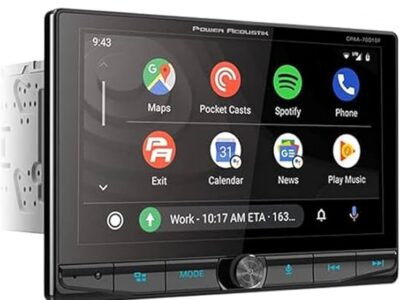
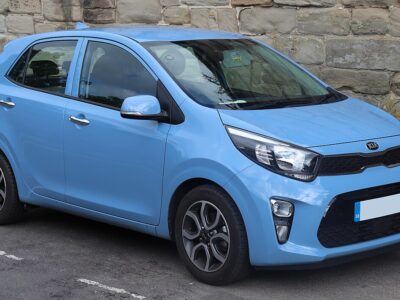
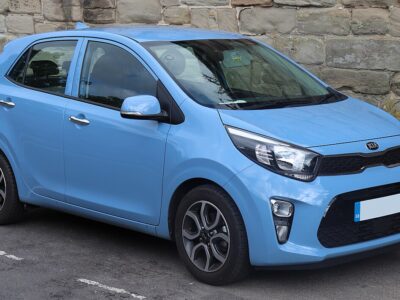
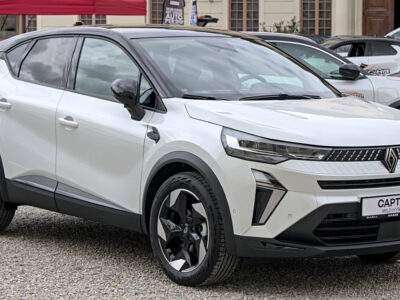
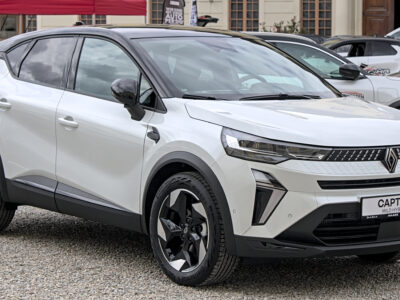
More content of your interest